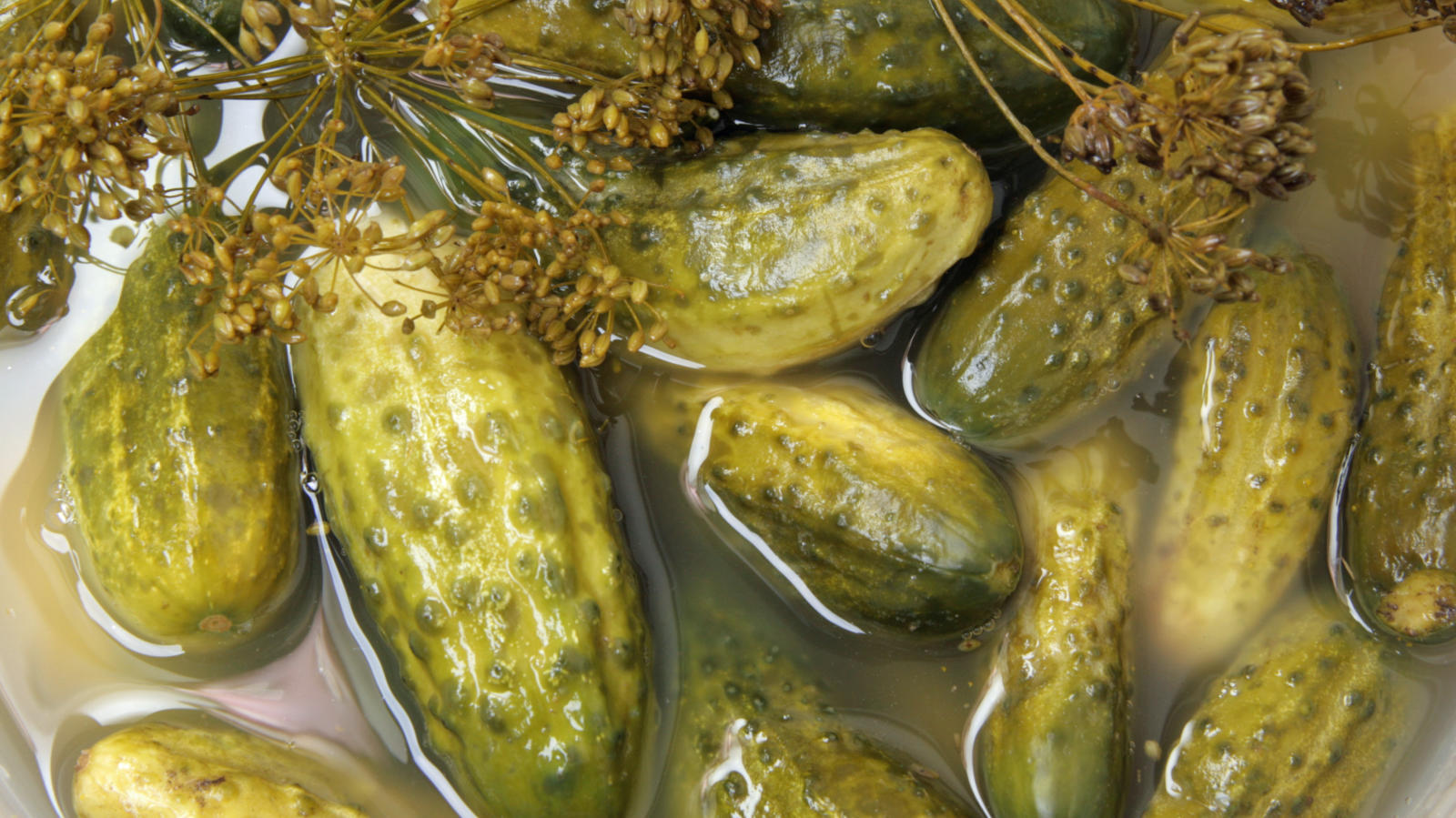I’d always considered pickles, particularly pickled cucumbers, a Jewish food. They were ever-present on my grandmother’s Shabbat table alongside chopped liver and egg and onion, a permanent chaperone to the pastrami sandwich at Jewish delis, and packed into self-serve containers at falafel and sabich shops in Israel. I could never resist going to town, filling myself on their sharp crunch until my stomach began to hurt.
Over the years, as fermentation and pickling enjoyed a hipster-led revival, I realized how wrong I was — pickles are universal, from Japanese tsukemono to Indian achar. But in certain parts of the world — particularly North America — pickles have become associated, some might say synonymous, with Jewish cuisine.
Take the Kosher Dill Pickle, which was popularized by Jewish immigrants in New York’s Lower East Side in the late 1800s and early 1900s. Initially, their kosher label came from the Jewish Orthodox Congregations of America. Nowadays, “kosher” has little to do with Jewish dietary law, and instead refers to the pickle’s characteristics: pickled in a salt brine, flavored with garlic and dill.
“Non-Jewish” or “Non-Kosher” pickles, in contrast, are pickled with vinegar, and often flavored with sugar and pickling spices. Vinegar, made from wine, was too expensive for most Jews to use back in Eastern Europe, hence the simple salt brine they brought with them when they immigrated to the U.S.
The Nosher celebrates the traditions and recipes that have brought Jews together for centuries. Donate today to keep The Nosher's stories and recipes accessible to all.
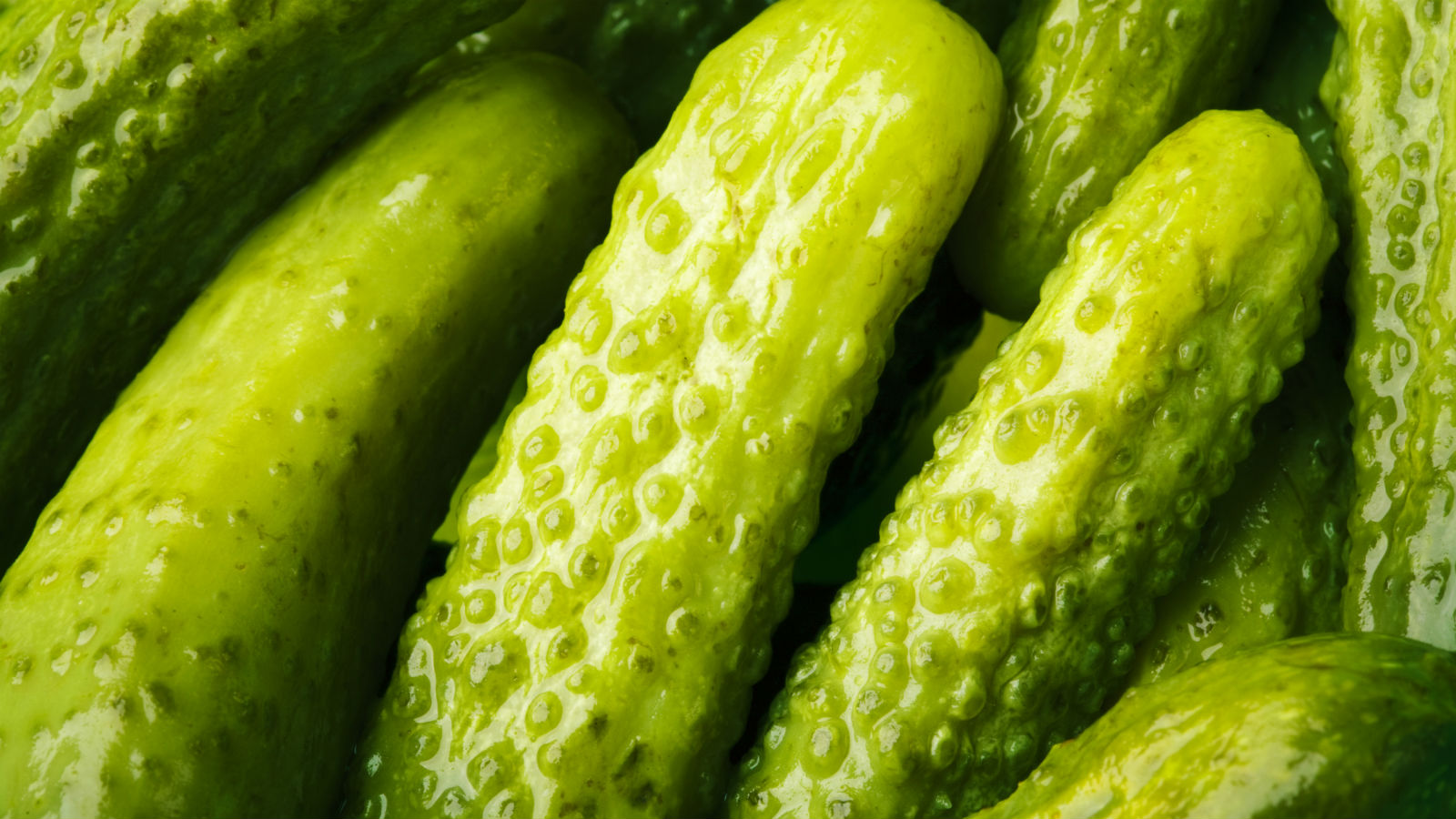
We now know that this method, called lacto-fermentation, enhances the nutritional aspects of a vegetable and preserves many of its vitamins and minerals, as well as significantly extending their shelf life. For Eastern European Jews, this was essential, as pickled veggies were the only kind available/affordable in cold winter months.
New York’s Jewish pickle hawkers also popularized the Half-Sour Pickle, which similarly relied on lacto-fermentation, but did not include dill. These pickles are only brined for a week or two, so they’re not fully fermented. This explains their bright green color, ensures they stay crisp, and results in a more subtle pickle flavor.
Leave that half-sour for three months and it becomes a Full-Sour Pickle: darker in color, with a more intense flavor.
While this was another specialty of New York’s pickle hawkers, I personally prefer the gutsier Sour Israeli Pickle. Israelis use Persian cucumbers, whose skins are thinner and smoother than the classic American Kirby. They also add more salt to their brine, and sometimes hot pepper, for a slightly spicy hit. My love for Israeli pickles knows no bounds, and is responsible for more than a couple of pregnancy rumors.
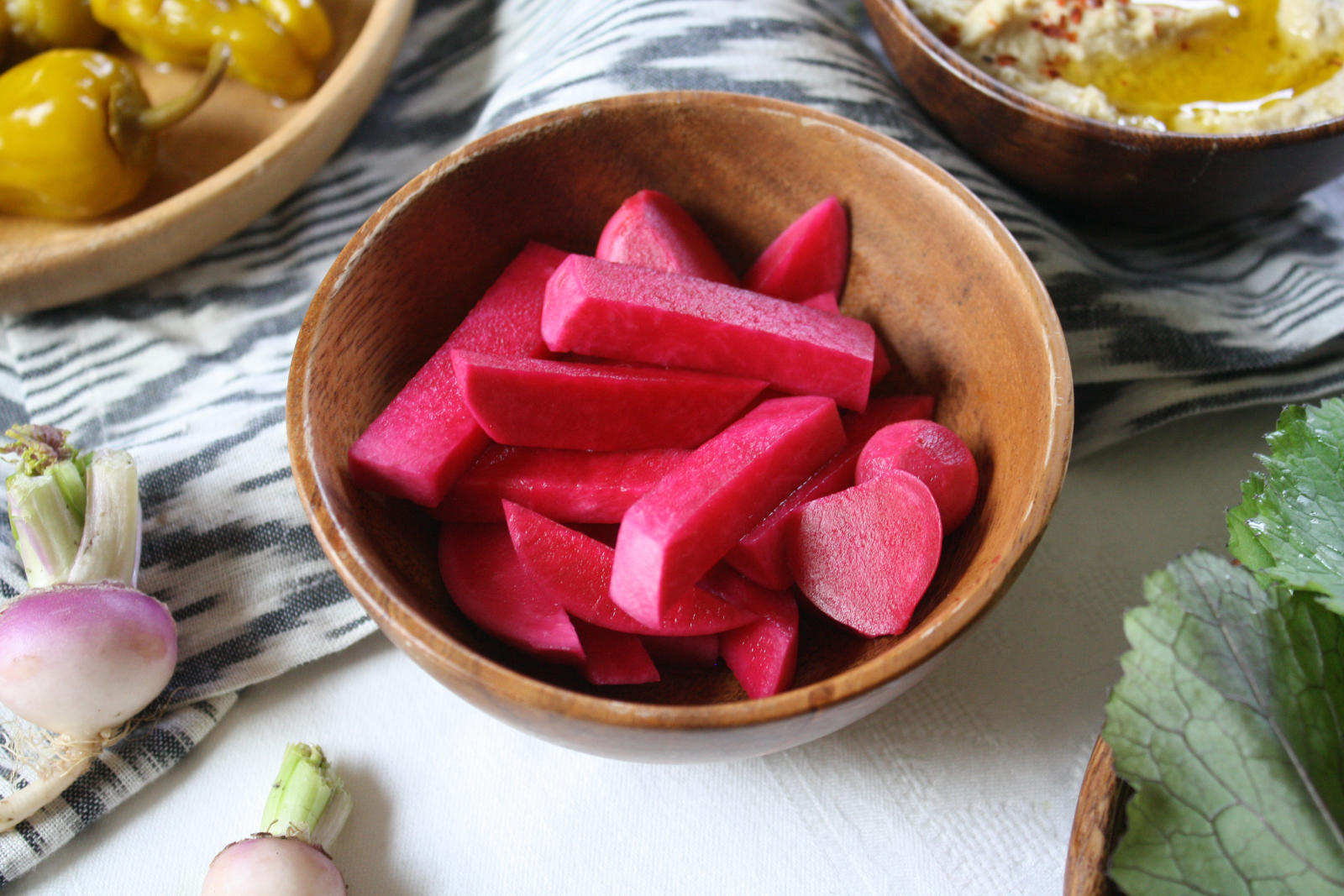
Jewish pickles range far beyond cucumbers, however. Israelis are also partial to Turshi Left, pickled turnips introduced by Egyptian, Syrian and Lebanese immigrants. They have become an integral part of any Israeli mezze, easily identified by their bright pink hue. The color is due to the inclusion of beets, which also add sweetness to the brine.
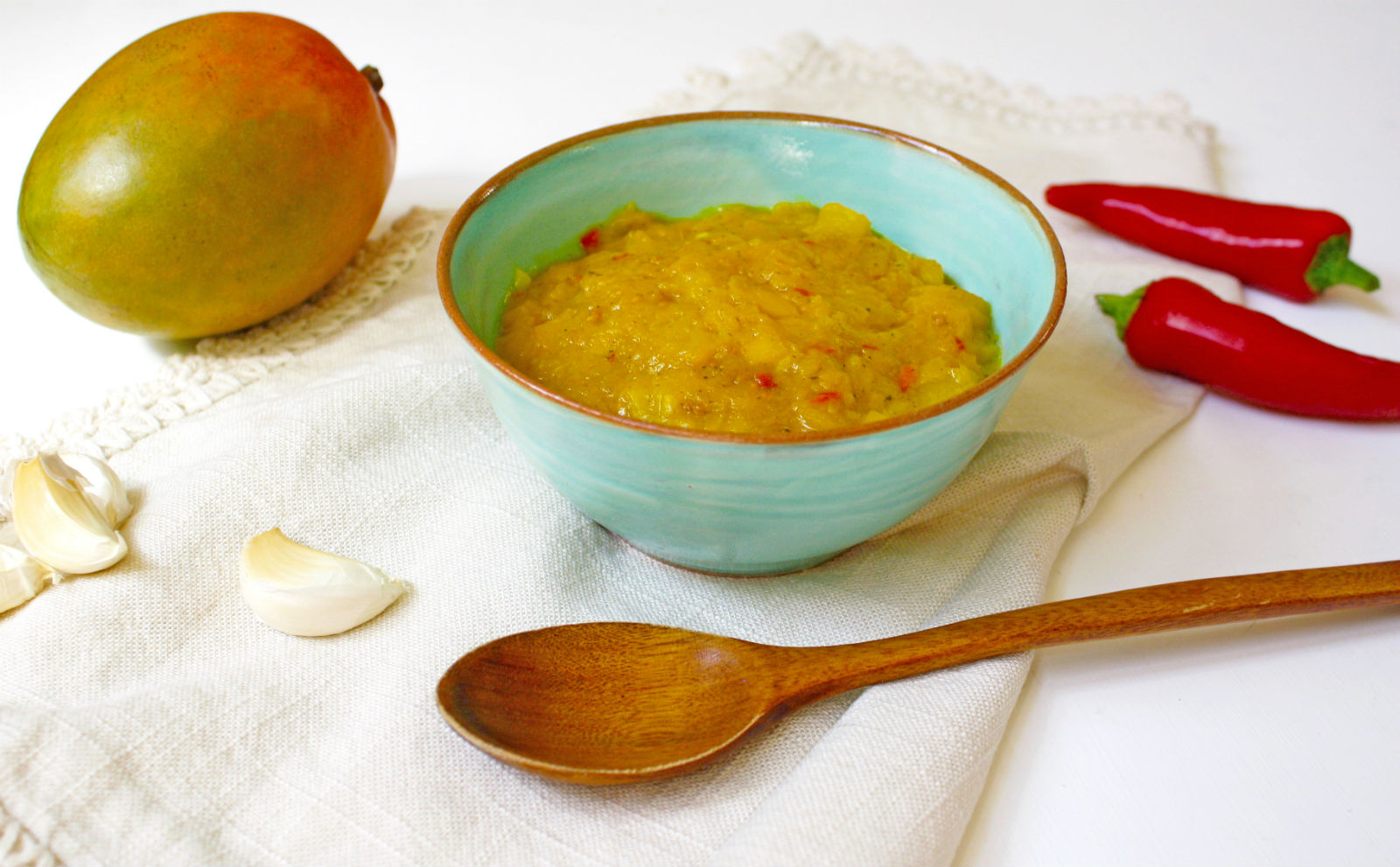
And let’s not forget Amba — a spiced pickled mango condiment with Indian roots that has become an Israeli street food staple, thanks to Iraqi immigrants.
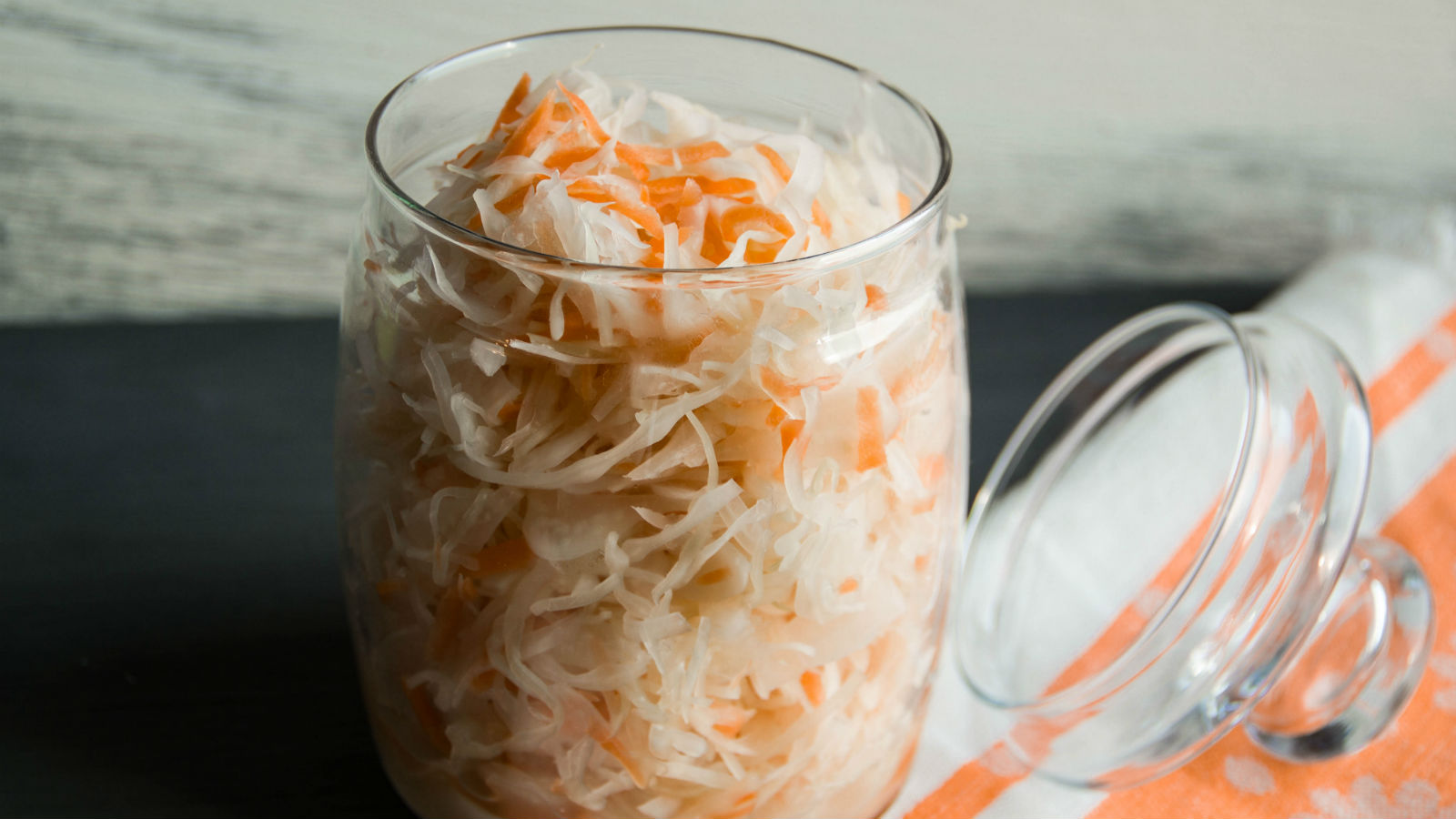
Heading back over to the U.S. (via Eastern Europe), what could be more Jewish-adjacent than Sauerkraut? Another lacto-fermentation superstar, this mix of cabbage and salt was a valuable source of vitamin C to Ashkenazi families in the shtetl, who ate it with basically everything — on black bread, or mixed with potatoes, noodles, or meat. Nowadays, it’s a staple of the Jewish deli, and an integral part of the classic Reuben sandwich.
Another Jewish deli staple, Pickled Green Tomatoes, perform the same function as a pickled cucumber: The acidity in these underripe tomatoes cleanses the palette between bites of fatty food, cutting through the richness to allow you to enjoy your packed sandwich to the very end!
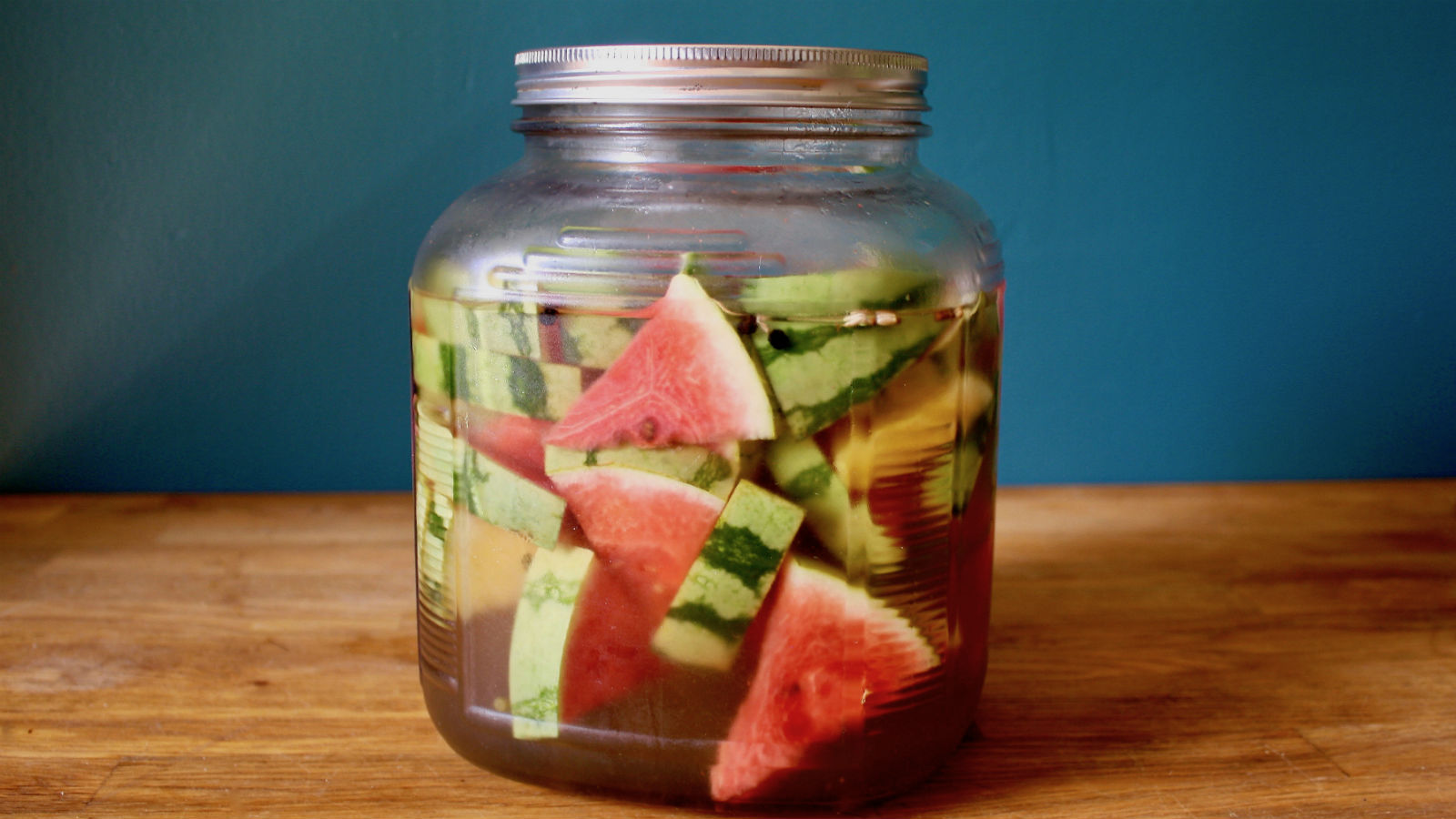
Whether you like sauerkraut, half-sours, or Russian pickled watermelon, be sure to make the most of your pickles and save the brine. Leftover pickle juice is an invaluable hangover cure, an easy way to flavor meat, and excellent in a dirty martini — l’chaim!
